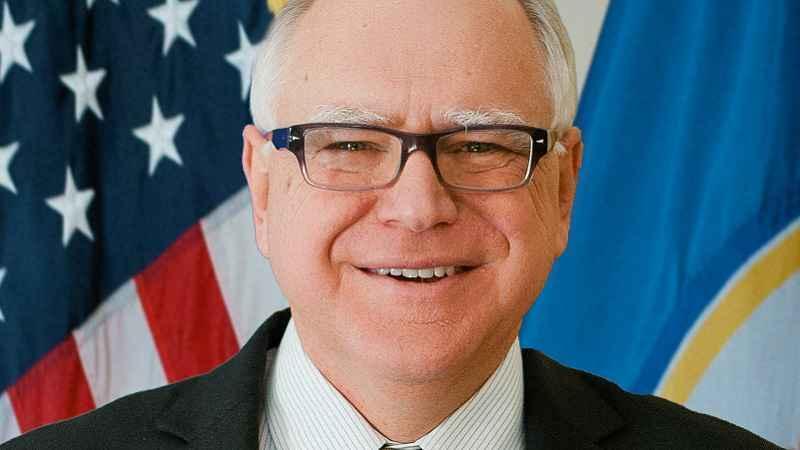A half-year since declaring a state of emergency in March over the COVID-19 pandemic, Minnesota Gov. Tim Walz has outlined what he believes is needed to end the peacetime emergency, and with it the business and social restrictions implemented to slow the virus.
Recently, the governor’s office released a statement, saying “all 50 states are in an emergency. Our goal is to get COVID under control, that’s how the emergency ends.”
In a recent interview with the Star Tribune, Gov. Walz went more into more detail on what getting COVID-19 under control means saying he’d like to see a decline in the positivity rate of COVID-19 in the state AND a decline in the rate of infections from unknown community transmission.
Essentially, Walz says he wants to see the test positivity rate to be under 4% and community spread under 20%.
For perspective, the state’s seven-day rolling-average positivity rate has hovered around 5% for the last two months, and has dipped below 5% at times. However, experts are increasingly worried that cases, and the positivity rate, could spike with winter on the way.
As for community spread, the rate of cases from unknown community transmission in mid-September was about 35%. Health officials say a higher rate of these types of infections makes it harder for state contact tracers to identify those at risk for infection.
Since March, Walz has called four special sessions to extend the state of emergency. Under Minnesota law, the governor is required to call a special session every 30 days to get approval for an emergency extension from lawmakers when the legislature is not in session.


 MDH Says, Yes, There is an Outdoor Advantage—Up to a Point.
MDH Says, Yes, There is an Outdoor Advantage—Up to a Point.